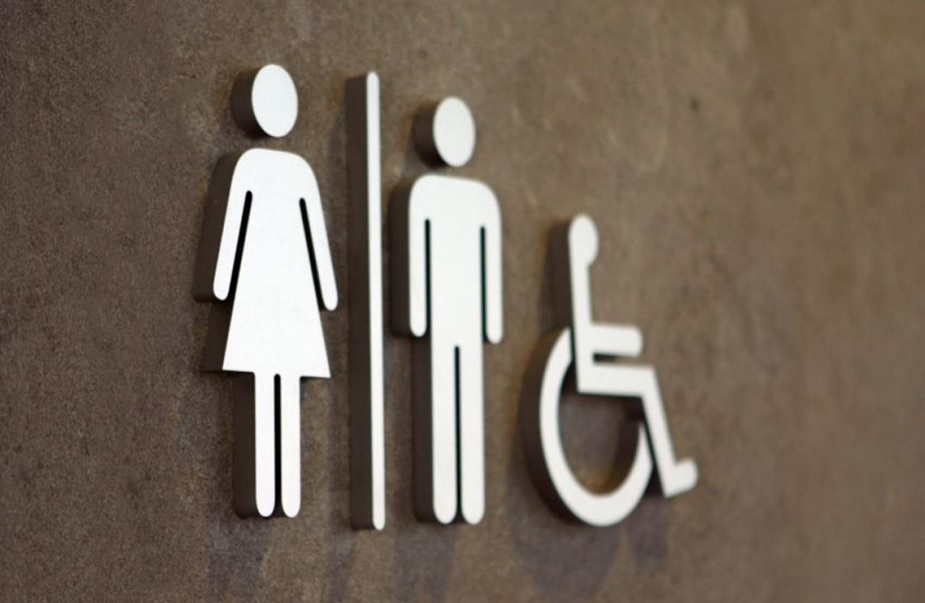
Public restrooms are a necessary part of our daily lives, whether we’re traveling, shopping, or just out and about.
However, these shared spaces can be a breeding ground for germs and bacteria. In the age of contagious diseases and heightened awareness of hygiene, it’s crucial to know how to use public restrooms safely.
By following these nine hygiene tips, you can protect yourself and maintain your well-being while on the go.
1. Choose Your Restroom Wisely
Not all public restrooms are created equal in terms of cleanliness and maintenance. Whenever possible, opt for restrooms in well-maintained establishments like restaurants, shopping malls, or gas stations.
These places often have higher cleanliness standards and more frequent cleaning schedules than facilities in less-traveled areas.
When selecting a restroom to use, keep an eye out for facilities that provide essential hygiene amenities such as soap dispensers, paper towel dispensers, and low-cost commercial hand sanitizer dispenser to ensure a comprehensive and convenient hand hygiene experience.
2. Bring Your Own Supplies
One of the best ways to ensure your safety in a public restroom is to carry your own supplies.
Consider packing a small hygiene kit that includes essentials like hand sanitizer, disinfectant wipes, and disposable seat covers.
Having these items on hand allows you to take control of your restroom experience and maintain a higher level of cleanliness.
3. Wash Your Hands Thoroughly
Handwashing is the single most effective way to prevent the spread of germs and infections.
When using a public restroom, make sure to wash your hands thoroughly with soap and warm water for at least 20 seconds.
Scrub all parts of your hands, including the backs, between the fingers, and under the nails. Hand dryers or paper towels are preferable to air dryers, as they can effectively remove moisture and any remaining bacteria.
In addition to these general hygiene practices, it’s also essential to remember the importance of intimate hygiene, particularly for women, which involves using specially designed products and maintaining proper care to prevent infections and discomfort.
4. Use Disposable Seat Covers
Public toilet seats can harbor a multitude of germs, making them a potential source of infection.
To protect yourself, consider using disposable seat covers or toilet paper to create a barrier between your skin and the seat.
If these options are not available, squatting above the seat can be an alternative, but be cautious to avoid accidents.
5. Avoid Touching Surfaces
Minimize contact with surfaces in a public restroom whenever possible. Use your elbow or a tissue to open doors, flush toilets, and operate faucets.
Many restrooms now have motion-activated sensors for faucets and soap dispensers, which can help reduce the need for physical contact.
6. Dispose of Trash Properly
After using your hygiene supplies, such as disinfectant wipes or seat covers, make sure to dispose of them in the designated trash bins.
Avoid flushing items that can clog the toilet, as this can lead to plumbing issues and potential restroom closures.
7. Maintain Social Distancing
In crowded public restrooms, try to maintain social distancing as much as possible. Wait for your turn while keeping a safe distance from others.
If the restroom is particularly crowded, consider waiting for a less busy time to minimize the risk of close contact with other restroom users.
8. Practice Good Personal Hygiene
While this tip may seem obvious, it’s worth emphasizing. Your own personal hygiene habits play a significant role in keeping public restrooms clean and safe for others.
Always clean up after yourself, flush the toilet, and use the provided trash bins for disposal. By practicing good personal hygiene, you contribute to a cleaner and more pleasant restroom experience for everyone.
9. Maintain Cleanliness in High-Traffic Areas
In addition to practicing personal hygiene, consider the cleanliness of high-traffic areas within the restroom.
Areas such as door handles, faucet handles, and flush levers can accumulate germs from multiple users.
Before leaving the restroom, use a tissue or a disinfectant wipe to open the door and exit, minimizing your contact with these commonly touched surfaces.
This small but significant step can further reduce your risk of exposure to harmful pathogens.
In conclusion, public restrooms are an essential part of our daily lives, and using them safely and hygienically is crucial for maintaining our health and well-being.
By following these nine hygiene tips, you can protect yourself and others from the potential risks associated with shared restroom facilities.
Remember that maintaining good hygiene practices is not just about personal health but also about being considerate and respectful to fellow restroom users.
Ultimately, with a little extra care and attention, you can confidently navigate public restrooms and reduce the risk of encountering germs and bacteria while on the go.
So, the next time you find yourself in a public restroom, remember these guidelines and take the necessary steps to protect your health and the well-being of those around you.




